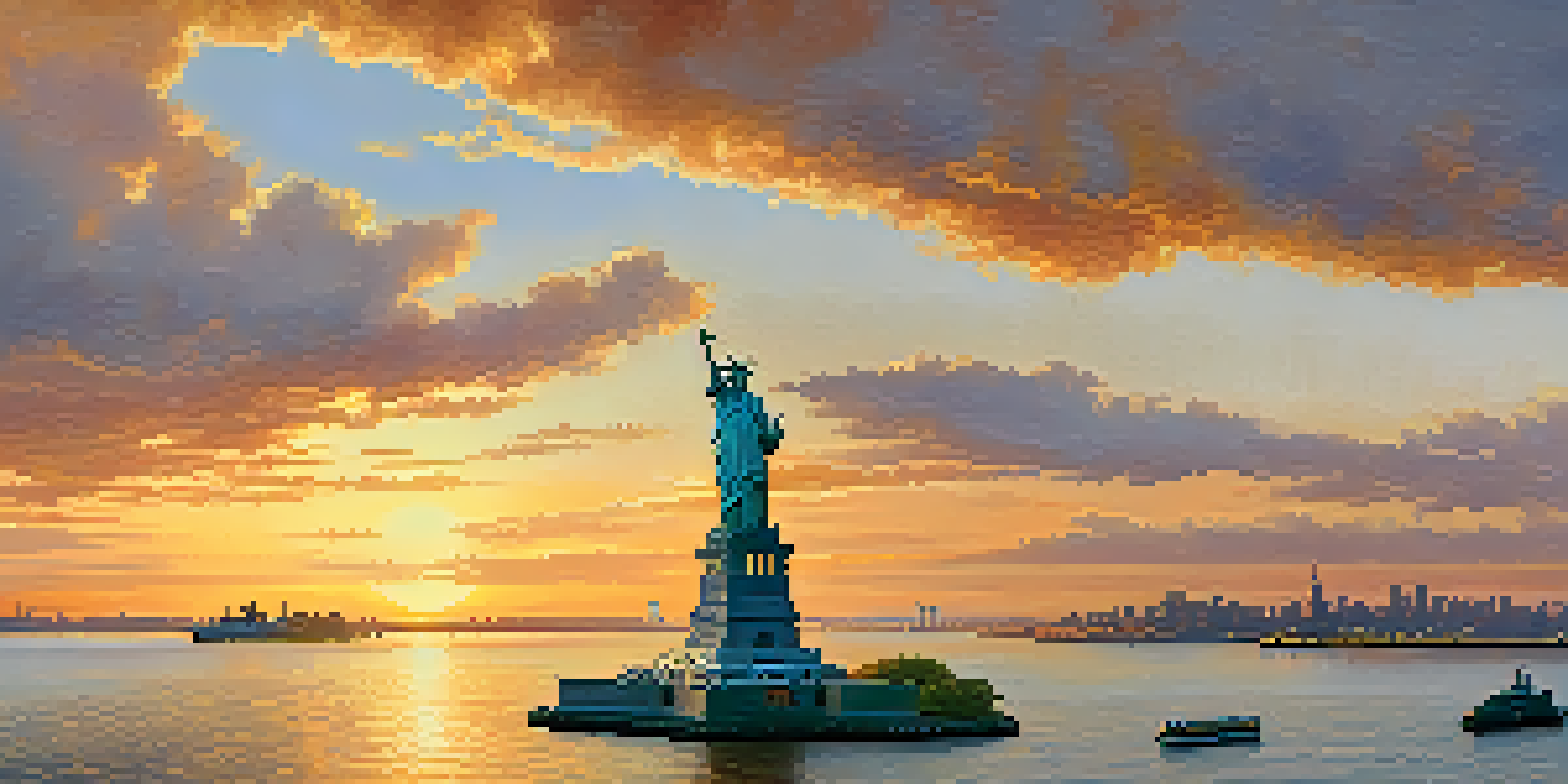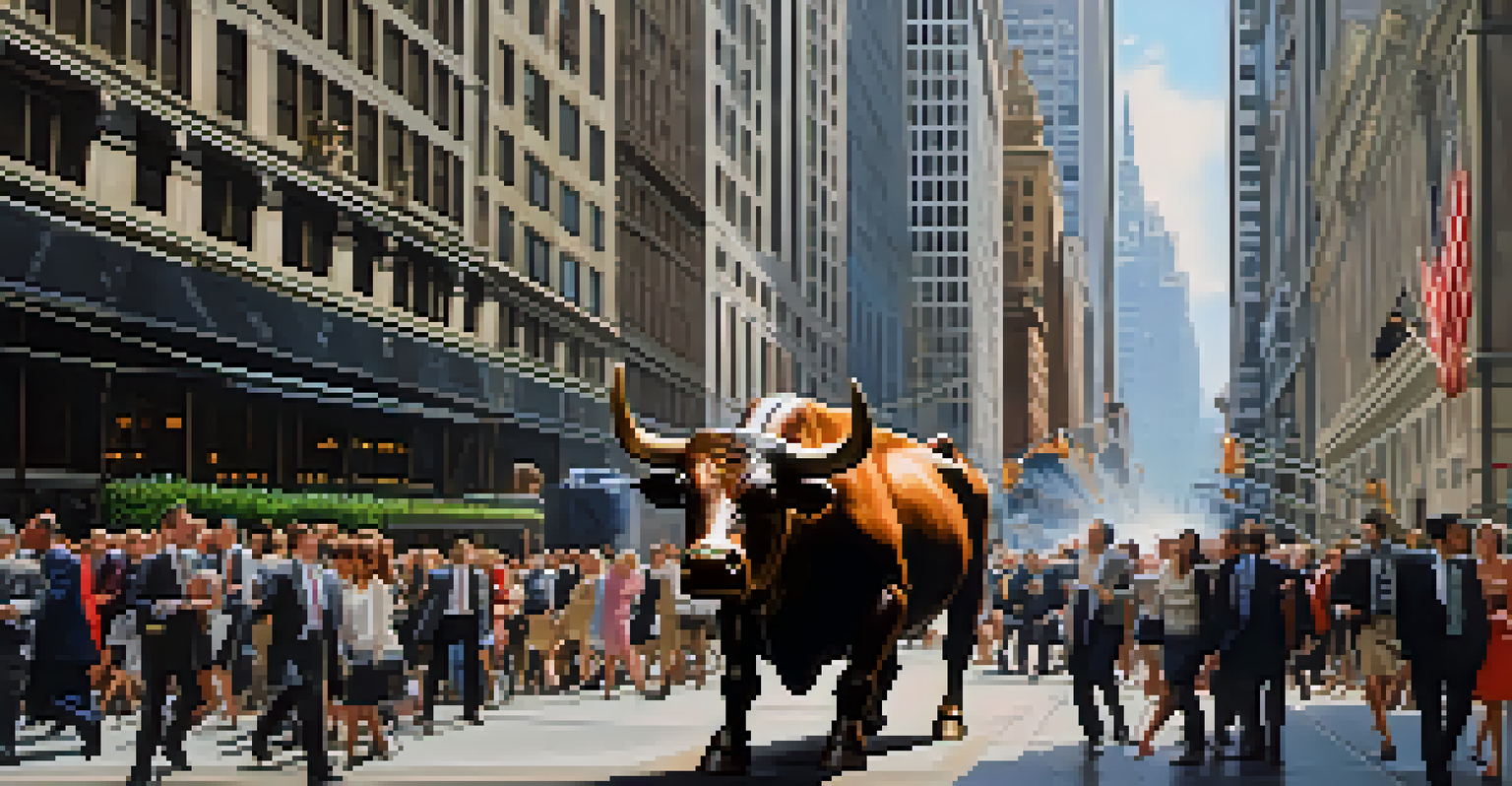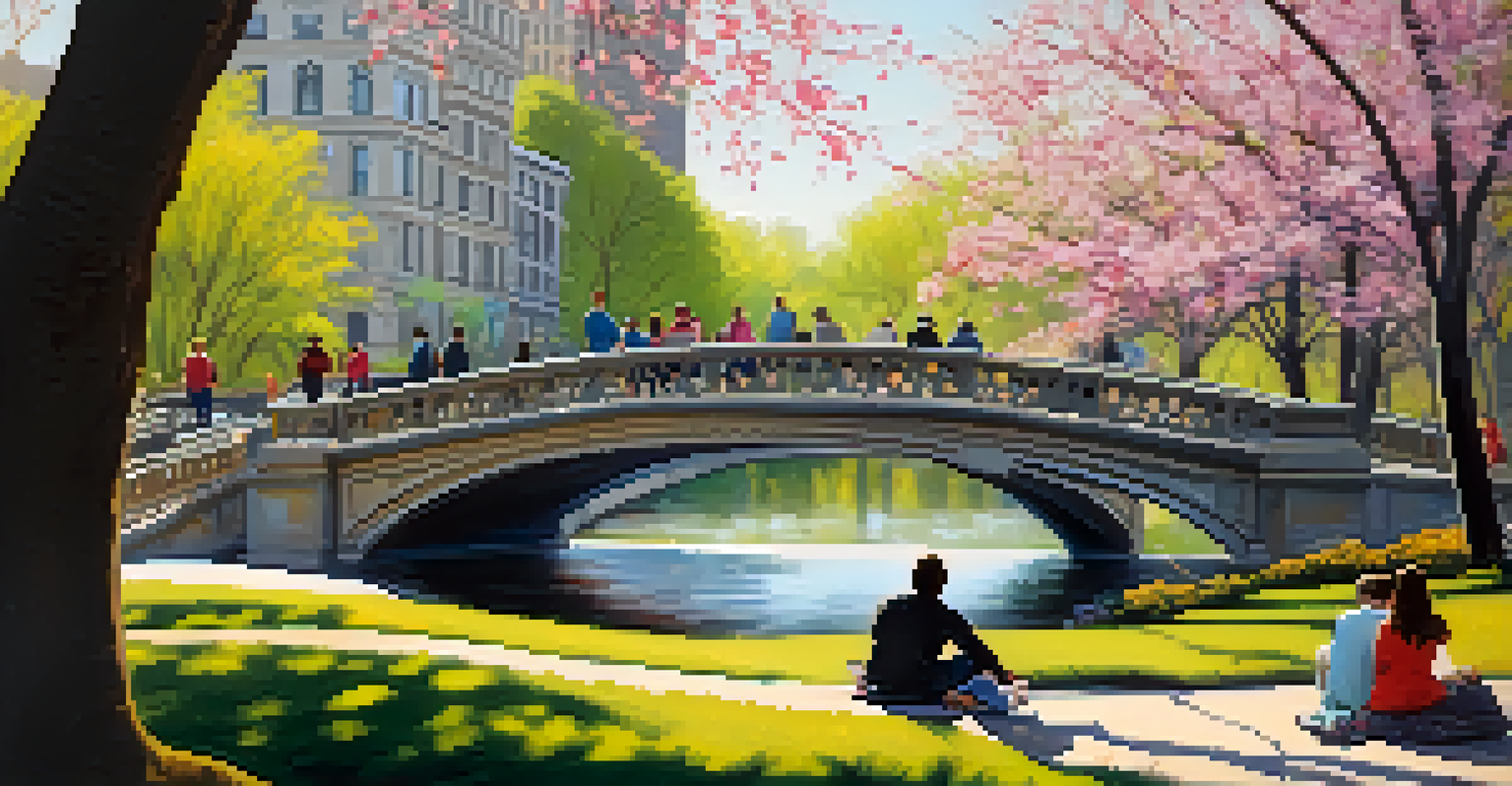Exploring NYC's Historic Landmarks: A Cultural Heritage Guide

The Majesty of the Statue of Liberty: A Symbol of Freedom
The Statue of Liberty stands tall on Liberty Island, welcoming millions with its iconic silhouette. Gifted by France in 1886, this monument symbolizes freedom and democracy, making it a must-visit landmark. As you approach by ferry, the statue’s grandeur captures the essence of hope for countless immigrants who arrived seeking a better life.
The Statue of Liberty is a symbol of freedom and democracy, a beacon for those seeking a better life.
Exploring the statue’s pedestal and museum reveals stories of its construction and the vision behind it. The views from the top offer a breathtaking panorama of New York Harbor, reminding us of the city’s role as a gateway to America. The experience is not just visually stunning, but also deeply emotional, connecting visitors to a rich immigrant history.
To fully appreciate its significance, consider booking a guided tour that provides insights into its historical context. This enriching experience allows you to engage with the stories of those who have stood before Lady Liberty, making it more than just a photo opportunity—it's a journey through time.
The Historic Heart of Manhattan: Wall Street and Financial District
Wall Street isn't just a street; it's a symbol of America's financial prowess. Located in the Financial District, this area is home to the New York Stock Exchange and the charging bull statue, which represents economic optimism. Walking through these streets, you can feel the pulse of global finance and history intertwined.

As you stroll through Wall Street, take a moment to appreciate the architecture that tells stories of wealth and ambition. From the neo-classical Federal Hall to the grandeur of the One World Trade Center, each building reflects a piece of New York's evolving narrative. It’s a fascinating juxtaposition of historic significance and modern innovation.
Statue of Liberty: Freedom's Icon
The Statue of Liberty symbolizes hope and democracy, offering a rich immigrant history for visitors.
Consider visiting the 9/11 Memorial, which honors those lost in the tragic events of 2001. This site serves as a poignant reminder of resilience and unity, making it a vital stop on your exploration of NYC's cultural heritage. Together, these landmarks create a rich tapestry of stories that define not just Wall Street, but the spirit of the city itself.
Central Park: An Urban Oasis of History and Nature
Central Park is more than just a green space; it's a historic landmark that showcases the beauty of nature amid the urban hustle. Designed in the mid-1800s, it was one of the first landscaped public parks in the U.S., providing a serene escape for New Yorkers. Walking along its winding paths, you can stumble upon iconic spots like Bethesda Terrace and Bow Bridge.
Harlem is a place of community, a celebration of resilience, and a testament to the enduring spirit of its people.
The park is also home to numerous historical monuments, including the Alice in Wonderland statue and the Civil War memorials. Each piece has its own story, reflecting the diverse cultural heritage of the city. As you explore, you might even find yourself drawn into a local event, from Shakespeare in the Park to summer concerts.
Whether you’re enjoying a leisurely stroll, a picnic, or a guided tour, Central Park offers a unique blend of history, recreation, and community. It's a place where you can connect with nature and understand the significance of public spaces in urban life. Make sure to set aside time to fully embrace this iconic landmark.
The Architectural Wonders of the Empire State Building
The Empire State Building is not just an architectural marvel; it's a testament to the ambition of New York City. Completed in 1931, this iconic skyscraper was once the tallest building in the world. Standing at 1,454 feet, its Art Deco design captures the essence of the era, making it a celebrated highlight of the skyline.
Visitors can ascend to the observation decks on the 86th and 102nd floors for breathtaking views of the city. On a clear day, you can see for miles, creating an unforgettable experience that connects you to the sprawling metropolis below. The building also has a rich history, having survived the Great Depression and numerous challenges over the decades.
Harlem: A Cultural Legacy
Harlem is celebrated for its historic contributions to African-American culture, particularly through music and art.
To enhance your visit, consider joining a guided tour that delves into the history and engineering behind this wonder. You’ll learn fascinating details, including its role in pop culture and the many films that feature it. The Empire State Building is not just a view; it’s a piece of living history that continues to inspire awe.
The Rich History of the Brooklyn Bridge
The Brooklyn Bridge is an engineering marvel that connects Manhattan and Brooklyn, symbolizing unity and progress. Completed in 1883, it was the first steel-wire suspension bridge and a testament to human ingenuity. Walking across this iconic structure offers stunning views of the skyline and a glimpse into the past, as you tread the same path as countless New Yorkers.
As you cross the bridge, you can appreciate the intricate Gothic-style arches and the craftsmanship that went into its construction. The history of the bridge is filled with stories of trials, triumphs, and even a few tragedies that shaped its legacy. It’s a perfect spot for photography, but it’s also an opportunity to reflect on the journey of a city that never stops evolving.
For a deeper understanding, consider visiting the nearby Brooklyn Bridge Park, where you can find informative displays and enjoy recreational activities. The combination of the bridge and the park creates a holistic experience that highlights both the historical significance and the vibrant culture of the surrounding area. This landmark is truly a bridge between past and present.
Cultural Significance of the Lincoln Center for the Performing Arts
The Lincoln Center is a hub of artistic expression, embodying New York City’s vibrant cultural scene. Home to renowned institutions like the Metropolitan Opera and the New York Philharmonic, it attracts artists and audiences from around the globe. The center itself is an architectural masterpiece, with its striking modern design set against the backdrop of Central Park.
Attending a performance here is not just about the show; it’s an experience that immerses you in the arts. From opera to ballet, the variety of performances reflects the diverse cultural fabric of the city. The Lincoln Center also offers free outdoor events, making art accessible to everyone, regardless of background.
Empire State Building's Grandeur
The Empire State Building stands as an architectural marvel, offering breathtaking views and a glimpse into New York's rich history.
To truly appreciate its significance, consider taking a backstage tour that explores the history and stories behind the performances. You'll gain insights into the creative process and the importance of the arts in shaping community and identity. Visiting the Lincoln Center is a celebration of culture, history, and the powerful role of the performing arts in society.
Exploring the Historic Neighborhood of Harlem
Harlem is a neighborhood steeped in history, known for its rich African-American culture and contributions to the arts. The Harlem Renaissance in the 1920s was a pivotal moment that celebrated black culture, music, and literature, leaving a lasting impact on American society. Today, the area continues to thrive with vibrant music, art, and food scenes that reflect this legacy.
Walking through Harlem, you can visit iconic venues like the Apollo Theater, where legends like Ella Fitzgerald and James Brown once performed. The neighborhood is also home to beautiful brownstones and churches that tell stories of resilience and community. Each block offers a glimpse into the past, making it an essential stop for those interested in cultural heritage.

To deepen your experience, consider joining a guided walking tour that focuses on Harlem’s history and cultural significance. These tours often include visits to local restaurants that serve traditional soul food, allowing you to taste the flavors that have shaped the community. Harlem is not just a place; it’s a celebration of history, culture, and the spirit of New York City.